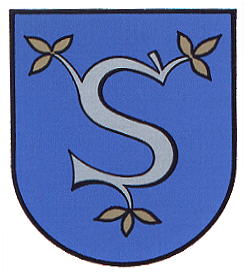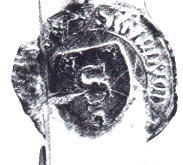Freienohl: Difference between revisions
Knorrepoes (talk | contribs) m (Text replace - "'''Origin/meaning :'''<br/>" to "====Origin/meaning====") |
Knorrepoes (talk | contribs) m (Text replace - "|width="15%"|50 px|right |}" to "|width="15%"|50 px|right |}<seo title="Wappen, Gemeindewappen" />") |
||
| Line 3: | Line 3: | ||
|width="70%" align="center" |'''Heraldry of the World<br/>Civic heraldry of [[Germany]] - [[Deutsche Wappen|Deutsche Wappen (Gemeindewappen/Kreiswappen)]]''' | |width="70%" align="center" |'''Heraldry of the World<br/>Civic heraldry of [[Germany]] - [[Deutsche Wappen|Deutsche Wappen (Gemeindewappen/Kreiswappen)]]''' | ||
|width="15%"|[[File:Germany.jpg|50 px|right]] | |width="15%"|[[File:Germany.jpg|50 px|right]] | ||
|} | |}<seo title="Wappen, Gemeindewappen" /> | ||
Revision as of 17:16, 5 November 2012
| Heraldry of the World Civic heraldry of Germany - Deutsche Wappen (Gemeindewappen/Kreiswappen) |
FREIENOHL
State : Nordrhein-Westfalen
District (Kreis) : Hochsauerlandkreis (until 1975 Arnsberg)
Amt : Amt Freienohl
Incorporated into : 1975 Meschede
Origin/meaning
The arms were granted on June 26, 1911.
Freienohl never was a city, but already in the late 13th century the village had acquired special privileges. In 1364 it received the status of Free Estate (Freiheit). The oldest known seal of Freienohl dates from 1518 and shows most likely two fish placed crosswise. As the composition of the seal is not very clear (see below) it was later misinterpreted to the present arms. In a roll of arms from 1700 it was described as a red S on a blue shield. As colours were not clear, the arms were granted in 1911 in the colours of the County Arnsberg.
| The seal of Freienohl from 1536. |
Literature : Stadler, 1964-1971, 8 volumes; Belke et al., 1986


